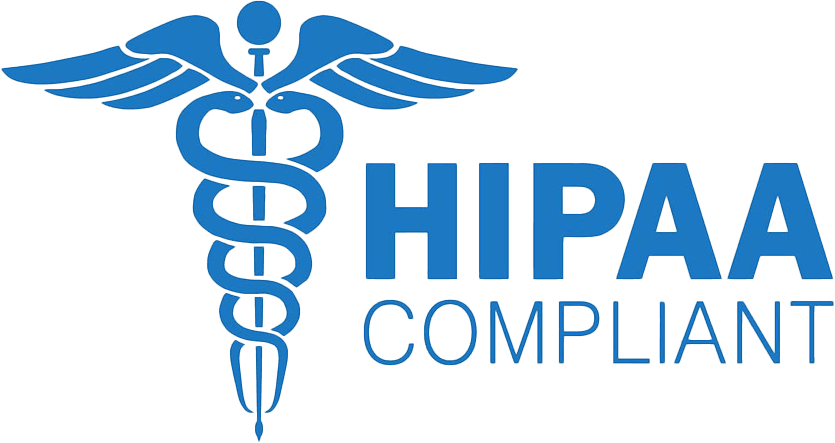Publish Date
2023-07-24
Managing finances efficiently is crucial for sustainable growth and success. One area that demands meticulous attention is B2B credit management. A robust credit management system is essential for businesses dealing with other companies, as it ensures a healthy cash flow, minimizes credit risks, and strengthens customer relationships. This blog will delve into the significance of streamlining your B2B credit management system and explore its benefits to your business finances.
Understanding B2B Credit Management
B2B credit management evaluates other businesses' creditworthiness and determines appropriate credit limits and terms. It encompasses credit assessment, risk analysis, credit monitoring, and collections strategies. A well-structured credit management system helps businesses make informed decisions about extending credit to their customers, avoiding potential losses from bad debt.
Benefits of Streamlining B2B Credit Management
Improved Cash Flow Management
An optimized credit management system enables businesses to maintain a steady and predictable cash flow. By assessing customers' creditworthiness beforehand, you can avoid extending credit to high-risk clients and reduce the likelihood of delayed or non-payments. This streamlining ensures that your business receives timely payments, allowing you to meet your financial obligations promptly.
Minimizing Credit Risks and Bad Debt
One of the primary challenges in B2B transactions is the risk of bad debt. A streamlined credit management system helps identify potential credit risks early on, allowing you to make informed decisions about credit limits and terms. Setting appropriate credit limits and closely monitoring credit behaviour can significantly reduce the likelihood of bad debt, safeguarding your business from financial losses.
Strengthening Business Relationships with Customers
An efficient credit management system fosters transparency and trust between your business and its customers. Clearly communicating credit terms and policies can set mutual expectations and avoid misunderstandings. This transparency builds stronger business relationships, enhancing customer loyalty and encouraging repeat business.
Increased Efficiency in Credit-Related Processes
Automation plays a pivotal role in streamlining B2B credit management. You can significantly improve efficiency by integrating credit management software and tools into your processes. Automated credit assessments, payment reminders, and debt recovery strategies save time and resources, allowing your team to focus on other essential aspects of the business.
Implementing an Effective B2B Credit Management System
To streamline your credit management system effectively, follow these steps:
Assess the Current Credit Management Practices: Evaluate your existing credit management processes to identify weaknesses or inefficiencies. Understand how credit decisions are currently made, how credit limits are set, and how collections are managed. This assessment serves as the foundation for improvements.
Select the Right Credit Management Software and Tools: Invest in reputable credit management software that meets your business needs. Look for features like credit scoring models, automated reminders, and real-time monitoring. The right tools can streamline processes and improve decision-making.
Integrate the Credit Management System with Existing Processes
Ensure the credit management system seamlessly integrates with your accounting, sales, and customer relationship management systems. This integration facilitates data sharing and enhances the overall efficiency of your business operations.
Train Employees and Stakeholders on the New System: Properly train your employees and stakeholders on using the new credit management system. Emphasize the importance of adhering to credit policies and following standardized procedures. It ensures consistency in credit-related decision-making throughout your organization.
Credit Assessment and Risk Analysis
Identifying Creditworthy Customers: Create a set of criteria to determine customers' creditworthiness. Consider factors such as credit history, financial stability, industry reputation, and payment behaviour.
Final Say
Streamlining your B2B credit management system is vital to optimizing your business finances. By understanding the significance of credit management, implementing efficient practices, and leveraging technology, you can achieve improved cash flow, reduced credit risks, and stronger customer relationships. Embrace the power of an adequate credit management system, and watch your business thrive in the competitive landscape of today's economy.
Start Automating with Wrk
Kickstart your automation journey with the Wrk all-in-one automation platform







